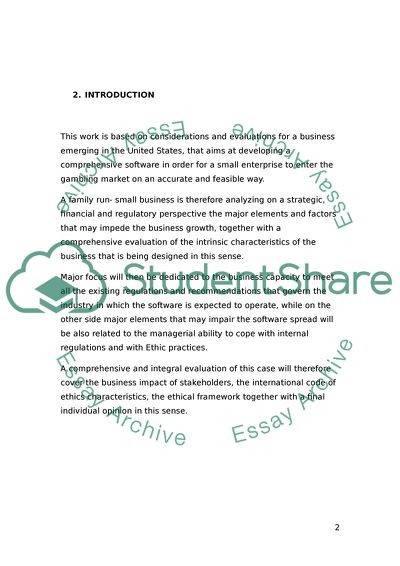Cite this document
(“The Managerial Venture and Successful Marketplace Case Study”, n.d.)
Retrieved from https://studentshare.org/marketing/1619965-project-management-the-professional-case-study-business-it
Retrieved from https://studentshare.org/marketing/1619965-project-management-the-professional-case-study-business-it
(The Managerial Venture and Successful Marketplace Case Study)
https://studentshare.org/marketing/1619965-project-management-the-professional-case-study-business-it.
https://studentshare.org/marketing/1619965-project-management-the-professional-case-study-business-it.
“The Managerial Venture and Successful Marketplace Case Study”, n.d. https://studentshare.org/marketing/1619965-project-management-the-professional-case-study-business-it.


